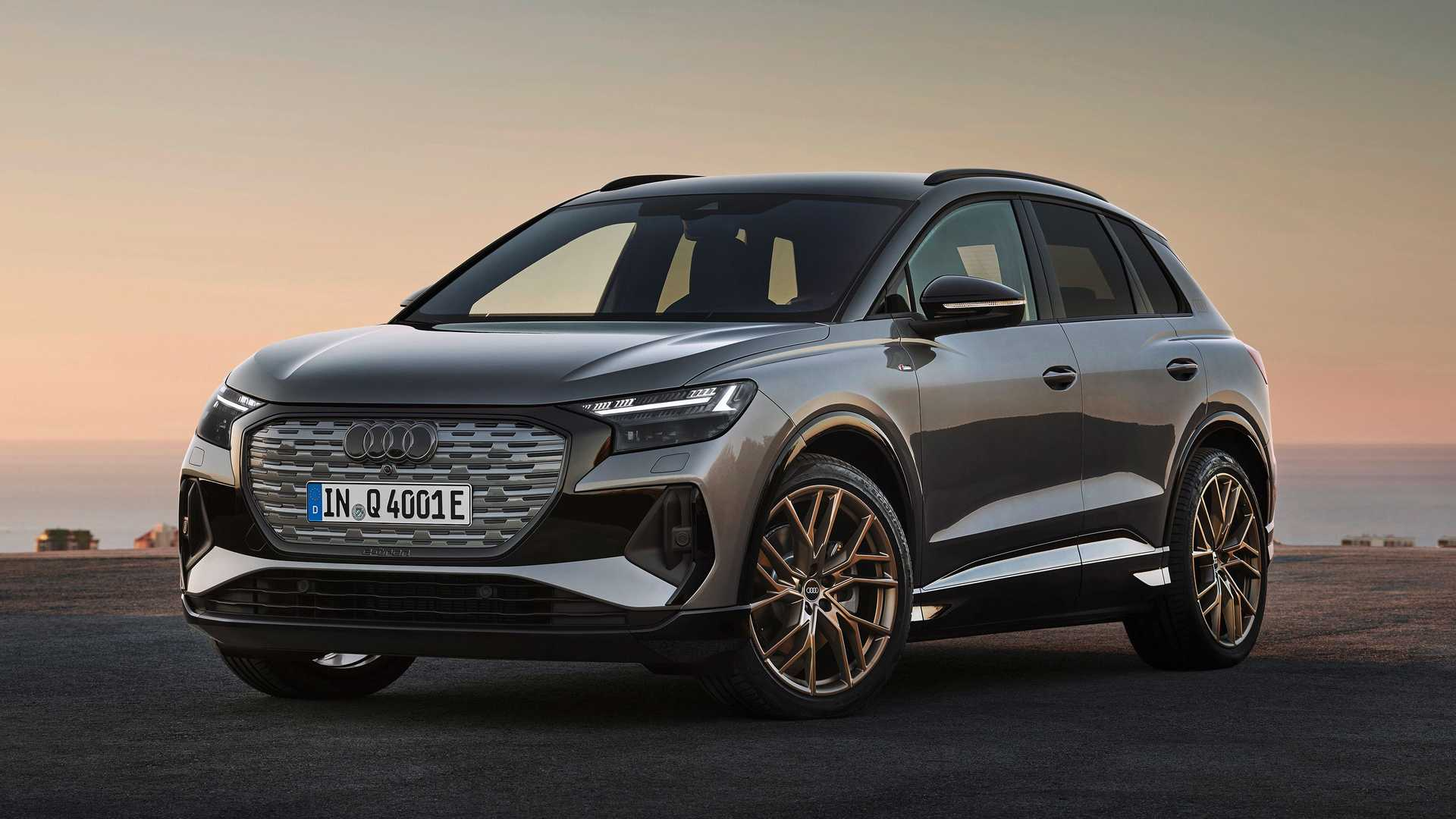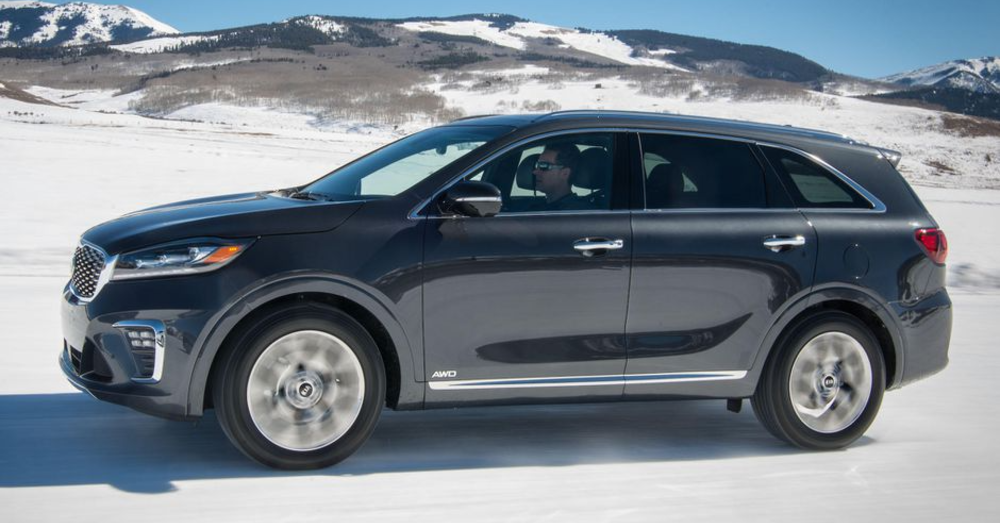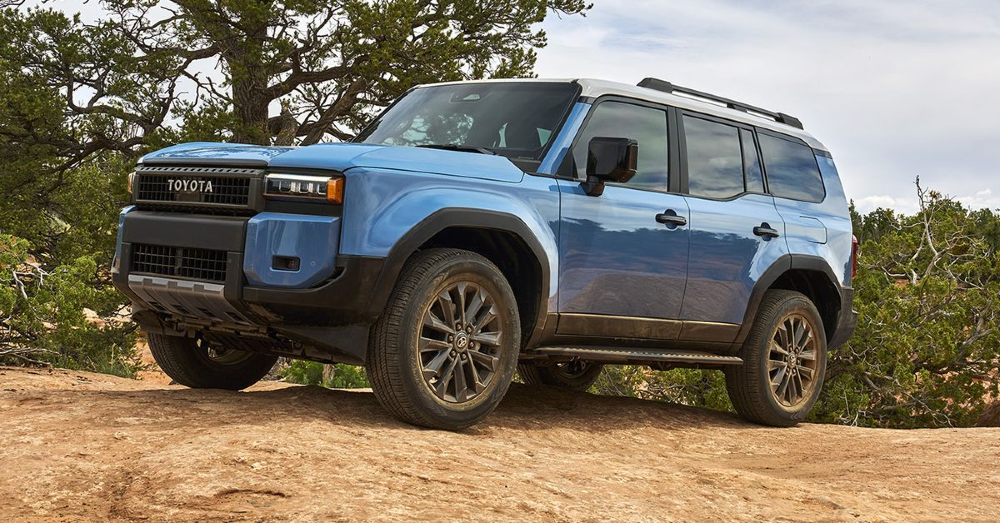
4WD or AWD? The Difference Between 4WD and AWD
Getting the power to all four wheels of your vehicle is certainly desired to give you the advantages you want. That said, having power at all the wheels doesn’t mean you can ignore your tires or your brakes and try and drive on racing slicks out in the wilderness. Once you know that you’ve maintained your vehicle the way you should, the benefits of having the power delivered where you need it, which is at all the wheels, means you’re going to have more control in snow, on slick roads, and on gravel whether you’ve got AWD or 4WD installed.
What Does 4WD Bring for Your Drive?
When someone tells you they have 4WD on their vehicle you immediately picture a vehicle that’s lifted, rugged, and ready to head out on the trails to take on the wilderness. While this image is certainly one that makes sense, 4WD doesn’t have to be limited to trucks and SUVs that are built to head out on the trails to take you through the unspoiled areas that you want to experience and admire when you drive. In a 4WD model, the power is pushed from the engine through the transmission to all four wheels regardless of whether the wheel needs it or not. The power is routed evenly without any consideration for the needs of the traction at the time. The use of locking differentials ensures the power is evenly distributed on an axle to shove the vehicle forward when you drive. The use of 4WD is perfect for off-road travel where you’re likely to have terrain that can be tough to navigate and having all four wheels moving forward or backward together helps to make the travel easier for you. The disadvantage is on the road where 4WD doesn’t do much good unless you’re dealing with a torrential downpour.
The benefits of AWD
With a large number of small crossover SUVs offered on the market the use of AWD is becoming much more popular than ever in the past. There are some cars that are offered with AWD, but this system is often thought of as the one that’s used to keep your SUV working like an SUV when you drive. The AWD system is something that you might not even notice working when it’s needed.
Why won’t you notice the AWD system doing its job? The use of AWD is only called for, in most vehicles, when the computers detect that traction is needed at the secondary axle. A vehicle that has AWD doesn’t have a transfer case, which is one of the most significant differences between the two systems. In some AWD vehicles, power can be put to individual wheels as needed to make sure the wheels that need power have it. This is the right system to have when you’re dealing with foul weather and tough rough conditions and it can be used on the trails in your area as well. If you do take an AWD vehicle out into the wilderness you’re going to notice the vehicle making changes and calculations to try and provide consistent traction.
Which System Should You Use?
If you’re going to spend a lot of time in the outdoors where the roads aren’t paved and trails can be tough, go with a 4WD vehicle and hone your driving skills to be better at handling the rough conditions. On the other hand, if your dive is mostly going to take you on paths and light trails with more time on the road, AWD is the system that will give you the traction you need. For more information on this subject, you can reach out to your local dealer.
This post may contain affiliate links. Meaning a commission is given should you decide to make a purchase through these links, at no cost to you. All products shown are researched and tested to give an accurate review for you.




